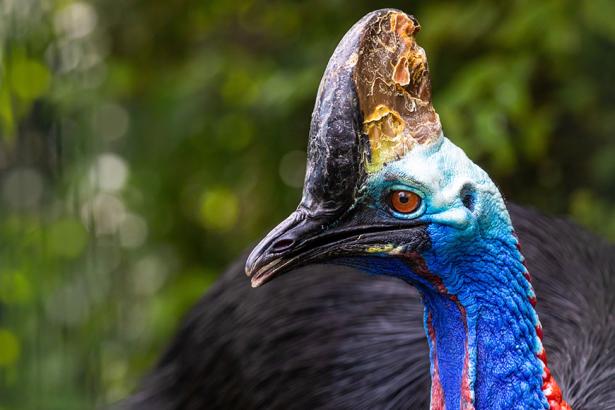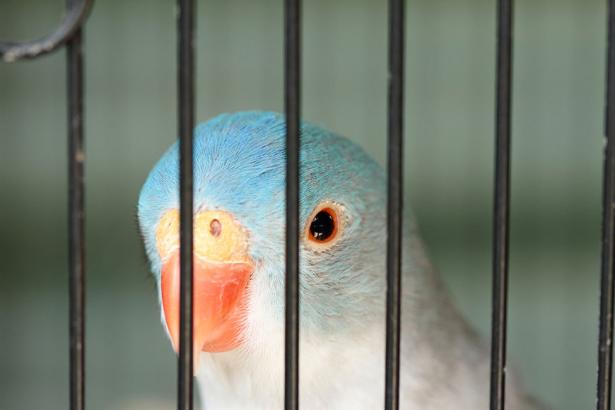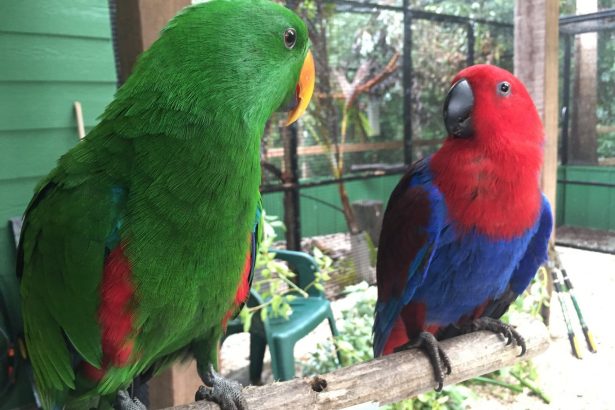Owning an exotic pet comes with unique joys and challenges. These creatures, ranging from reptiles and birds to small mammals and amphibians, often have specific needs and vulnerabilities that differ from more common pets like dogs and cats.
Knowing how to handle emergencies with these unique pets is imperative to ensure their well-being – which is your responsibility as their human companion.
This guide provides essential tips and procedures for managing common emergencies in exotic pets before you can reach a veterinarian.
Recognising an Emergency
The first step in providing emergency care is recognising that an emergency exists. Exotic pets often hide symptoms of illness, so it’s important to be vigilant and familiar with normal behaviours and appearances for your pet. Bellow are some signs that indicate an emergency:
- Difficulty Breathing: Open-mouth breathing, gasping, or laboured breathing.
- Bleeding: Any uncontrolled bleeding, regardless of the amount.
- Severe Trauma: Fractures, deep wounds, or being attacked by another animal.
- Seizures or Neurological Signs: Uncontrollable shaking, circling, or inability to stand.
- Severe Lethargy: Sudden and profound lack of energy or unresponsiveness.
- Changes in Coloration: Pale, blue, or discoloured skin or mucous membranes.
- Vomiting or Diarrhoea: Persistent vomiting or diarrhoea, especially if bloody.
- Swelling or Abnormal Lumps: Rapidly developing or painful swellings.
Immediate Actions for Common Emergencies
Difficulty Breathing:
- Birds: Place the bird in a warm, humid environment and minimise handling. Use a humidifier or create a steam room with a shower.
- Reptiles: Ensure they are in the correct temperature range. Avoid handling and allow them to rest in a quiet, stress-free environment.
- Small Mammals: Place them in a warm, quiet space. Monitor closely and avoid any stress-inducing activities.
Bleeding:
- Apply direct pressure to the bleeding area using a clean cloth or gauze.
- Elevate the injured area if possible.
- For birds, use a styptic powder or cornstarch to help clotting on broken feathers.
Severe Trauma:
- Minimise movement to prevent further injury.
- For fractures, gently immobilise the area using a soft bandage or padding.
- Keep the pet warm and quiet to reduce shock.
Seizures or Neurological Signs:
- Clear the area of any objects that might cause injury during a seizure.
- Keep the environment calm and quiet.
- Do not attempt to hold or restrain the pet during a seizure.
Severe Lethargy:
- Ensure the pet is in a warm, safe environment.
- Offer small amounts of water if the pet can drink.
- Monitor for any other symptoms and prepare to transport to the vet.
Changes in Colouration:
- Ensure the pet is warm, as temperature can affect coloration, especially in reptiles.
- Avoid handling and keep the environment calm.
- Seek veterinary advice as soon as possible.
Vomiting or Diarrhoea:
- Remove any food and provide fresh water.
- Monitor for signs of dehydration, such as sunken eyes or dry skin.
- Keep the pet clean and comfortable.
Swelling or Abnormal Lumps:
- Avoid touching or manipulating the swollen area.
- Monitor for any changes in size or texture.
- Seek veterinary evaluation promptly.
Preparing for an Emergency
Being prepared for an emergency can make a significant difference in the outcome for your exotic pet. Here are some steps to ensure you’re ready:
Emergency Kit: Assemble a kit with essentials like gauze, bandages, antiseptic wipes, styptic powder, tweezers, and a digital thermometer.
Transport Carrier: Have a secure, appropriately sized carrier ready for quick transport to the vet.
Veterinary Contacts: Keep contact information for your regular vet and an emergency vet who specialises in exotic pets readily accessible.
First Aid Training: Consider taking a pet first aid course that includes modules on exotic pets.
Preventive Measures
Preventing emergencies is always better than dealing with them. Here are some preventive tips to help keep your exotic pets safe:
Environment: Ensure their living environment is safe, clean, and appropriately set up with correct temperatures, humidity levels, and hiding spots.
Diet: Provide a balanced and species-appropriate diet to maintain overall health.
Regular Check-ups: Schedule routine veterinary check-ups to catch potential issues early.
Behaviour Monitoring: Regularly observe your pet’s behaviour and physical condition to spot any early signs of illness.
In conclusion, understanding how to recognise and manage emergencies in exotic pets is imperative for their well-being. By being prepared and knowledgeable, you can provide the best possible care for your unique companions until a professional vet for exotic pets is available to help.
FAQs
Signs of shock in reptiles include lethargy, rapid breathing, pale gums, and unresponsiveness. Keep the reptile warm and quiet, and seek veterinary attention promptly.
Use a secure, appropriately sized carrier with proper ventilation. Line it with soft material to prevent injury during transport. Keep the carrier in a stable, quiet part of your vehicle.
Regularly observe your pet daily for any changes in behaviour, appetite, or physical condition. Schedule routine vet check-ups with an exotic pet vet every 6-12 months, depending on the species and health status.





